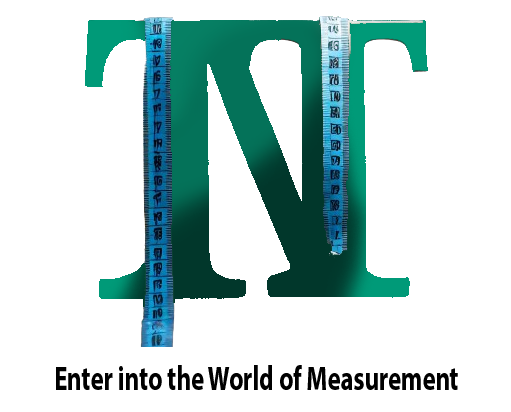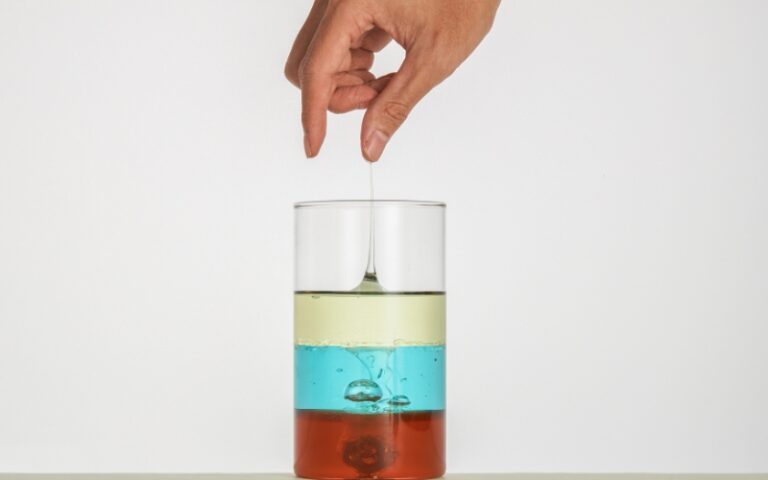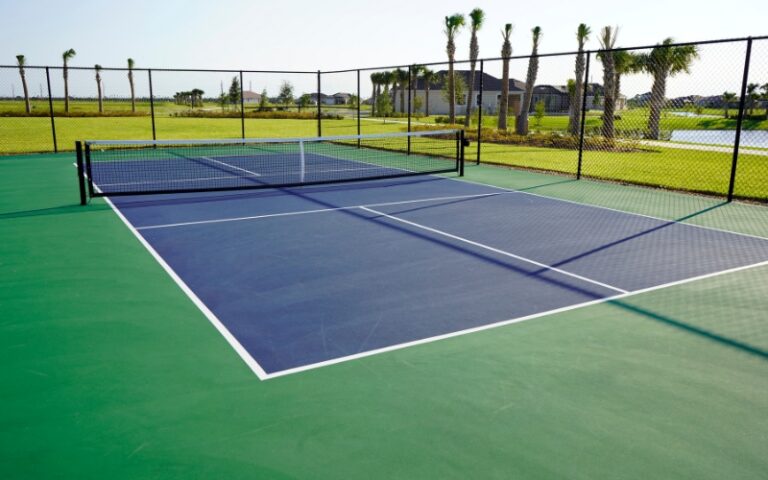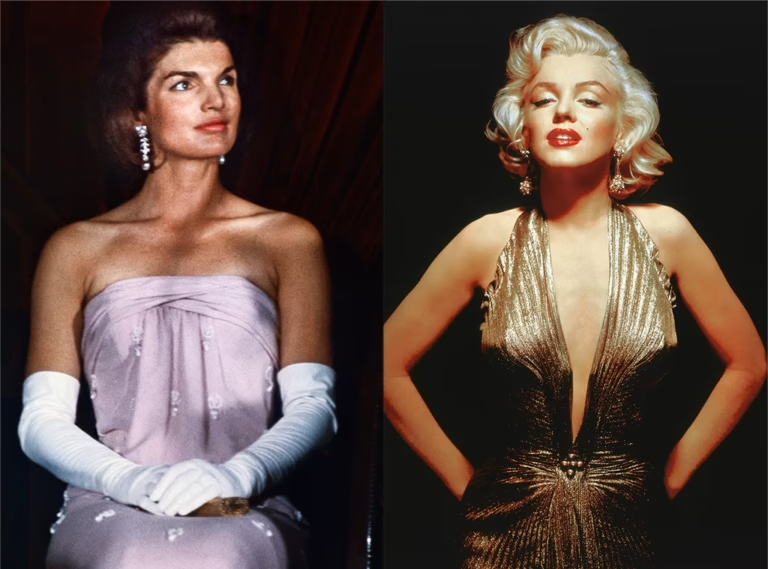Complete Guide to Solo Cup Measurements: Sizes, Uses, and Everything You Need to Know
Solo cups have become an iconic fixture at parties, gatherings, and everyday events across America. Understanding solo cup measurements is essential for anyone planning events, serving beverages, or simply wanting to make the most of these versatile disposable cups. This comprehensive guide will explore everything you need to know about solo cup sizes, from standard dimensions to practical applications and creative uses.
Understanding Solo Cup Sizes and Colors
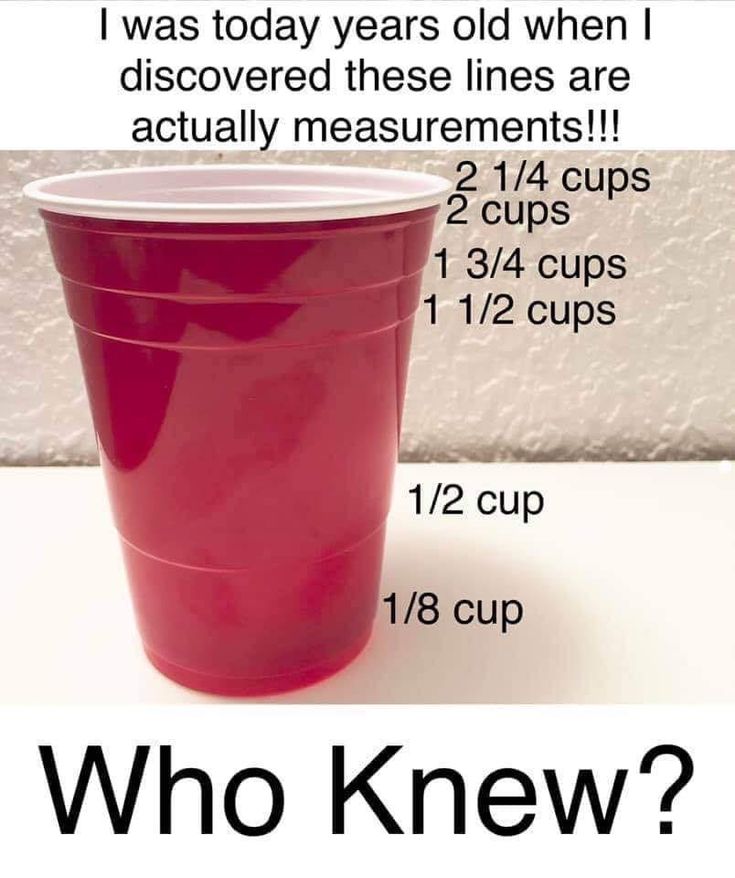
When discussing solo cup measurements, it’s important to recognize that Solo cups come in various capacities, each designed for specific purposes. The most recognizable red Solo cup is just one option in a diverse lineup that includes different cup sizes and colors. Solo cup dimensions vary significantly, with options ranging from small 9-ounce cups perfect for children’s parties to large 18-ounce cups ideal for adult beverages.
The color coding system used by Solo often corresponds to different cup capacities. Red cups are typically associated with the classic 16-ounce size, while blue cups often come in the 18-ounce variety. Understanding these solo cup sizes and their color associations helps consumers quickly identify the right cup for their needs.
Different colors aren’t just aesthetic choices – they often indicate specific cup volumes and intended uses. Clear cups allow for better visibility of contents, while colored options provide privacy for beverages. Each color variation maintains consistent disposable cup measurements within its size category, ensuring reliability for event planning and portion control.
The Classic 16-Ounce Solo Cup
The 16-ounce Solo cup represents the most iconic of all solo cup measurements. This size has become synonymous with American party culture and is featured prominently in popular music, movies, and social media. The cup dimensions for this classic size make it perfect for serving beer, mixed drinks, and large portions of soft drinks.
When examining the 16 oz solo cup dimensions, the cup stands approximately 4.5 inches tall with a rim diameter of about 3.5 inches. These specific measurements have been optimized for comfortable grip and efficient stacking. The tapered design ensures that multiple cups nest together efficiently, making storage and transportation more convenient for large events.
The red solo cup size also makes this variety ideal for portion control. Bartenders and party hosts often rely on these cup specifications to ensure consistent serving sizes. The cup’s capacity allows for proper ice-to-liquid ratios while maintaining the structural integrity that Solo cups are known for.
Professional event planners frequently choose the 16-ounce size because its cup capacity strikes the perfect balance between practicality and guest satisfaction. The cup is large enough to satisfy guests without requiring frequent refills, yet compact enough to handle comfortably for extended periods.
The Premium 18-Ounce Solo Cup
The 18-ounce Solo cup represents the largest of the standard disposable cup sizes available for most consumers. These large solo cup dimensions cater to those who prefer larger servings or need cups for beverages that require more space, such as cocktails with multiple ingredients or drinks served with substantial ice.
The 18 oz cup measurements include a height of approximately 5 inches and a rim diameter similar to the 16-ounce cup but with a wider body to accommodate the additional volume. These dimensions make the 18-ounce cup particularly suitable for outdoor events, sports gatherings, and situations where guests might not have easy access to refills.
When considering beer cup sizes, the 18-ounce cup provides ample space for a full bottle of beer plus foam, making it a favorite among craft beer enthusiasts. The larger cup volume also accommodates wine servings with room for proper aeration, though this usage is less common in casual settings.
The structural design accompanying these plastic cup dimensions ensures that despite the larger size, the cup maintains the same durability and stackability that Solo cups are famous for. Event organizers often appreciate how these jumbo cup sizes can reduce the frequency of beverage service while maintaining the convenience of disposable cups.
The Versatile 12-Ounce Solo Cup
The 12-ounce Solo cup offers medium cup sizes that appeal to those seeking a middle ground between the smaller and larger options. These 12 oz cup dimensions are particularly popular for wine service, as they closely match standard wine pour sizes while providing the casualness that Solo cups represent.
The cup specifications for the 12-ounce cup include a height of approximately 4 inches with proportional width measurements that maintain the classic Solo cup aesthetic. These dimensions make the 12-ounce cup comfortable for extended holding while providing adequate beverage capacity for most needs.
In professional settings, the medium solo cup size is often preferred for coffee service, particularly at outdoor events or casual meetings where disposable cups are appropriate. The size aligns well with standard coffee shop serving sizes, making portion control straightforward for event planners.
The wine cup measurements of the 12-ounce variety also make this size excellent for mixed drinks where precise ratios are important. Bartenders can easily gauge appropriate alcohol and mixer proportions using the cup’s capacity as a guide, ensuring consistency across multiple servings.
The Compact 9-Ounce Solo Cup
The 9-ounce Solo cup features the smallest of the standard adult cup sizes in the Solo line. These small solo cup dimensions are ideal for situations requiring portion control, such as wine tastings, sampling events, or gatherings where guests will be consuming multiple different beverages.
The specific 9 oz cup measurements include a height of approximately 3.5 inches, making it the most compact option while still maintaining the structural integrity Solo cups are known for. The proportional design ensures that despite the smaller cup size, the cup remains stable and comfortable to hold.
Children’s events often benefit from the small cup capacity because the size is more appropriate for smaller hands and reduced beverage consumption needs. The cup’s dimensions make it less likely to tip over while still providing adequate capacity for juice, soda, or water service.
Professional tasting events frequently utilize the sampling cup sizes because they allow for multiple samples without overwhelming participants. Wine tastings, beer flights, and cocktail sampling events all benefit from these more modest portion control cups.
Understanding Measurements and Markings
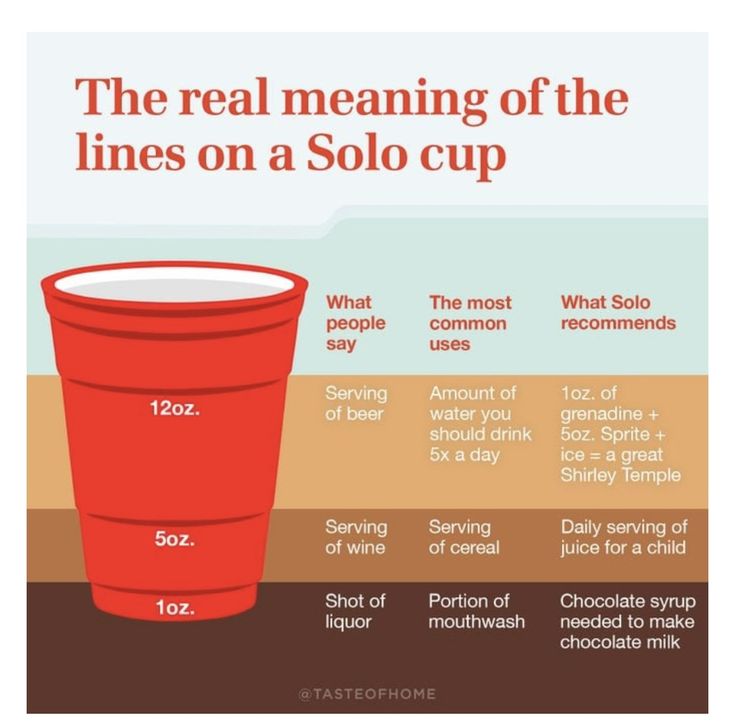
Many Solo cups feature subtle measurement markings that aren’t immediately obvious to casual users. These cup measurement guides serve practical purposes for those who understand how to read them. The ridges and lines on Solo cups can actually function as beverage measurement tools for different types of drinks.
The bottom ridge on most Solo cups with standard dimensions typically indicates a 1-ounce mark, useful for measuring shots or creating consistent cocktail ratios. The middle ridge often represents approximately 5 ounces, which aligns with standard wine serving sizes, while the top ridge usually indicates the cup’s full liquid capacity.
Understanding these built-in measuring marks can transform how you approach beverage service at events. Rather than guessing at pour sizes, hosts can use these markings to ensure consistent servings and better control over alcohol consumption among guests.
Professional bartenders who work events using Solo cups often rely on these cup measurement lines to maintain consistency even in high-volume serving situations. The markings eliminate the need for separate measuring tools and speed up service while maintaining accuracy.
Eco-Friendly Options and Measurements
Environmental consciousness has led to innovations in sustainable cup sizes that extend to eco-friendly alternatives. Biodegradable and recyclable Solo cups maintain the same standard cup dimensions as their traditional counterparts while offering reduced environmental impact.
The eco-friendly cup measurements remain consistent with standard sizes, ensuring that event planners can make environmental choices without sacrificing the practical benefits they rely on. This consistency in green cup options across product lines simplifies ordering and planning processes.
Compostable Solo cups feature identical cup specifications to regular versions, but they’re made from materials that break down naturally over time. These options appeal to environmentally conscious consumers who still want the convenience and familiar cup sizes they’re accustomed to.
Recycled content Solo cups also maintain standard disposable cup dimensions while incorporating post-consumer materials in their construction. This approach allows for familiar sizing and functionality while supporting sustainable practices and reducing waste streams.
Creative Solo Cup Hacks and Applications
The standardized cup dimensions have inspired countless creative applications beyond simple beverage service. Crafters and DIY enthusiasts have discovered innovative ways to utilize these consistent plastic cup sizes for various projects and practical solutions.
Gardening applications often rely on solo cup sizes for seed starting and small plant propagation. The various capacities provide options for different plant types, while the consistent dimensions make it easy to plan spacing and calculate soil requirements for multiple plantings.
Party game creation frequently incorporates cup measurements as fundamental design elements. Beer pong tables are often designed with specific 16 oz cup dimensions in mind, while other drinking games rely on consistent cup sizes for fair play and predictable outcomes.
Storage and organization solutions sometimes utilize cup capacities as modular components. The nesting capability and uniform sizing make Solo cups useful for drawer organizers, craft supply storage, and temporary sorting systems where consistency matters.
Solo Cups in Popular Culture
The cultural significance of red solo cups extends far beyond their practical applications. The iconic 16-ounce red Solo cup has become a symbol of American party culture, referenced in songs, movies, and social media content across multiple generations.
Music references to party cup sizes and Solo cups in general have helped cement their place in popular culture. Artists have celebrated the cups as symbols of good times and casual gatherings, further embedding the familiar cup dimensions in cultural consciousness.
Social media platforms frequently feature content highlighting creative cup uses and Solo cups. DIY projects, party planning tips, and measurement hacks regularly go viral, demonstrating the ongoing cultural relevance of these simple containers and their standardized cup specifications.
Film and television productions often feature Solo cups because their appearance and familiar cup sizes immediately communicate specific cultural contexts to audiences. The cups serve as visual shorthand for casual American social gatherings and youthful celebrations.
Choosing the Right Solo Cup for Your Needs
Selecting appropriate cup sizes requires consideration of several factors including event type, guest demographics, beverage choices, and serving logistics. Understanding how different cup capacities align with various needs ensures optimal selection for any situation.
Event size significantly influences cup size choices because larger gatherings may benefit from bigger cups to reduce refill frequency, while intimate gatherings might call for smaller sizes to encourage moderation and conversation. The logistics of serving hundreds of guests differ substantially from hosting a small dinner party.
Beverage type considerations should align with appropriate cup volumes for optimal presentation and functionality. Wine service benefits from certain sizes, while beer service might call for different cup dimensions to accommodate foam and proper proportions.
Budget considerations often factor into cup selection because larger cups cost more per unit and may lead to increased beverage consumption. Event planners must balance cost considerations with guest satisfaction when determining optimal cup sizes for their specific situations.
Professional Event Planning with Solo Cup Measurements
Professional event planners rely heavily on standardized cup capacities for accurate beverage planning and cost estimation. Understanding exact volumes allows for precise calculations of alcohol and mixer quantities, ensuring adequate supplies without significant waste.
Catering applications frequently specify particular cup sizes based on service style and beverage offerings. Cocktail parties might call for different sizes than beer-focused events, and professional caterers adjust their cup selections accordingly.
Volume purchasing decisions often center around standard cup sizes because consistent sizing allows for bulk ordering and simplified inventory management. Event companies can stock multiple sizes while maintaining predictable cup dimensions across their entire supply chain.
Service efficiency improves when staff understand how different cup capacities affect pour times, carrying capacity, and guest satisfaction. Training programs for event staff often include education about appropriate cup sizes for various service scenarios.
Advanced Tips for Solo Cup Measurements
Temperature considerations affect how plastic cups perform in different environments. Cold beverages can cause slight contraction in cup materials, while very hot liquids might affect the structural integrity, though Solo cups aren’t typically recommended for extremely hot beverages.
Stacking efficiency varies among different cup sizes, with some dimensions nesting more compactly than others. Understanding these characteristics helps optimize storage space and transportation efficiency for large events requiring hundreds or thousands of cups.
Portion control strategies often incorporate cup volumes as built-in serving size regulators. Healthcare facilities, schools, and corporate cafeterias might specify particular cup capacities to support nutritional goals and cost management initiatives.
Quality control measures in manufacturing ensure that cup specifications remain consistent across production runs and geographic distribution. This reliability allows event planners and consumers to depend on standardized sizing regardless of where they purchase their cups.
Conclusion
Understanding solo cup measurements provides valuable knowledge for anyone involved in event planning, beverage service, or simply wanting to maximize the utility of these ubiquitous containers. From the compact 9-ounce option perfect for tastings to the generous 18-ounce size ideal for outdoor gatherings, each cup size serves specific purposes and offers unique advantages.
The standardization of cup dimensions across the product line ensures reliability and predictability for consumers and professionals alike. Whether you’re planning a backyard barbecue, organizing a corporate event, or exploring creative applications, familiarity with these cup specifications enhances your ability to make informed decisions and achieve optimal results.
